December 18, 2022
I knew Eddie Rickenbacker was an American flying ace in World War I, and won the Medal of Honor, but I didn’t know that much about the rest of his life until now.
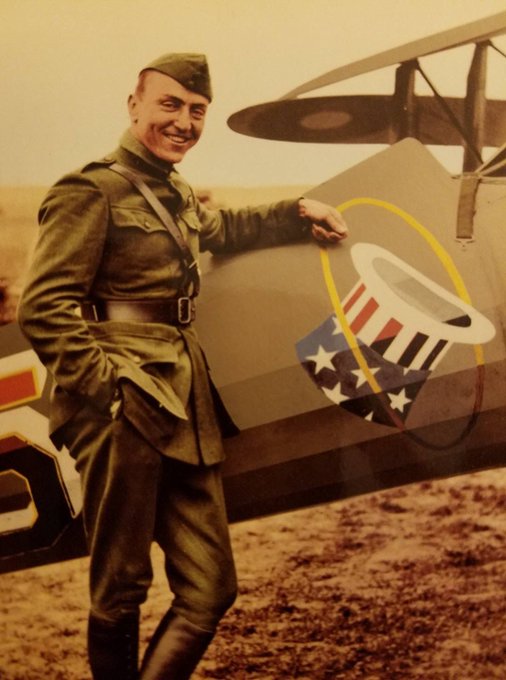
Rickenbacker grew up in poverty. His parents were struggling immigrants from Switzerland. His home had no electricity, plumbing, or heat. He ran with local street kids, but after his father died at age 12, he had to work odd jobs to support the family.
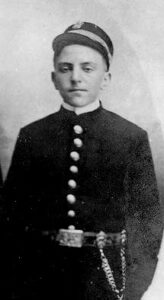
Through hard work, starting from the very bottom, Rickenbacker learned to become an auto mechanic, and then one of the country’s top race car drivers, winning millions in today’s dollars.
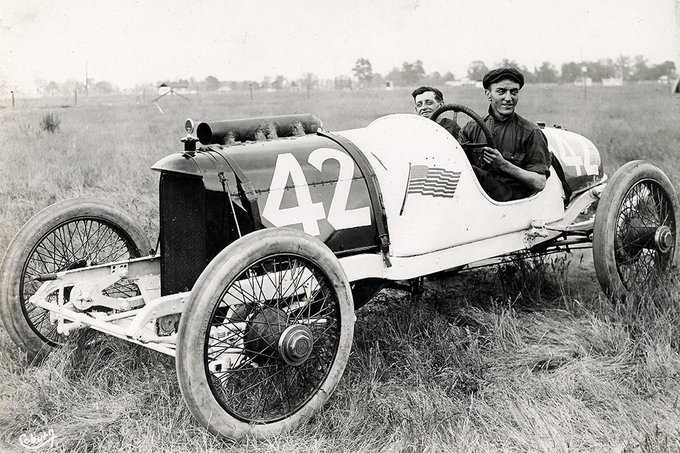
In the early years of World War I, he took a job with an automotive company in England. While traveling there by ship, he was nearly arrested as a suspected German spy on the count of his name, and continued to be monitored by British intelligence.
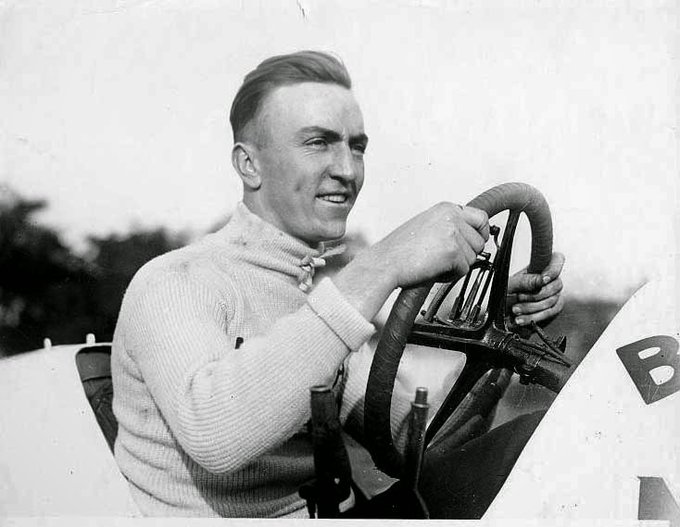
When the US entered the war, Rickenbacker looked for a way to join the war effort. Because of his driver fame, he got himself recruited as a personal chauffeur for General Pershing, the top US commander in France.
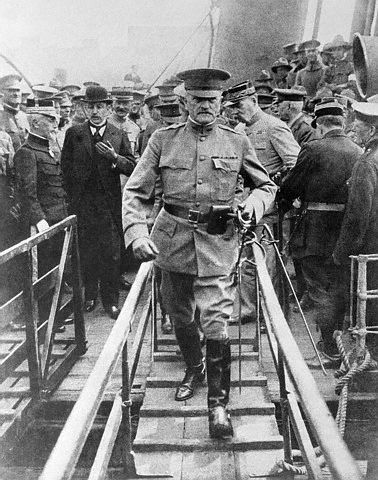
Eventually he got himself assigned to drive Billy Mitchell, Pershing’s top aviation aide. After much incessant badgering, he got Mitchell to let him sign up for flight training as a pilot, despite being well over the age limit.
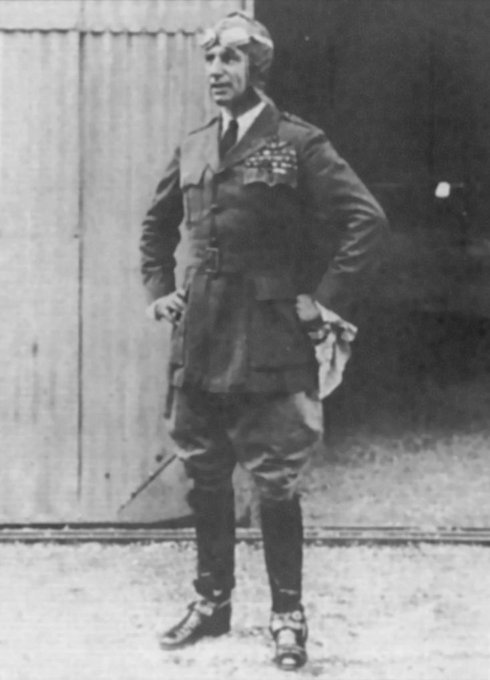
As a fighter pilot, Rickenbacker shot down 26 enemy planes over the Western Front, to become the top US ace, winning the Medal of Honor. Eventually he became commander of the 94th Aero Squadron.
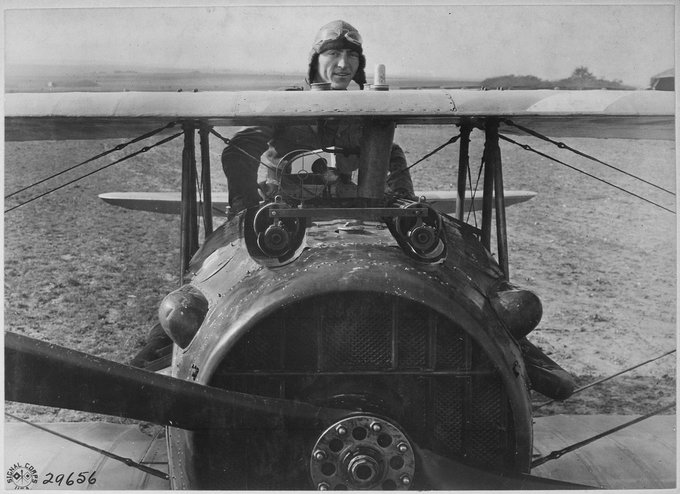
Upon returning home, war hero Eddie Rickenbacker was assigned to help sell Liberty Bonds to pay off the war debt. Initially an awkward public speaker, he became more and more comfortable in the public spotlight.
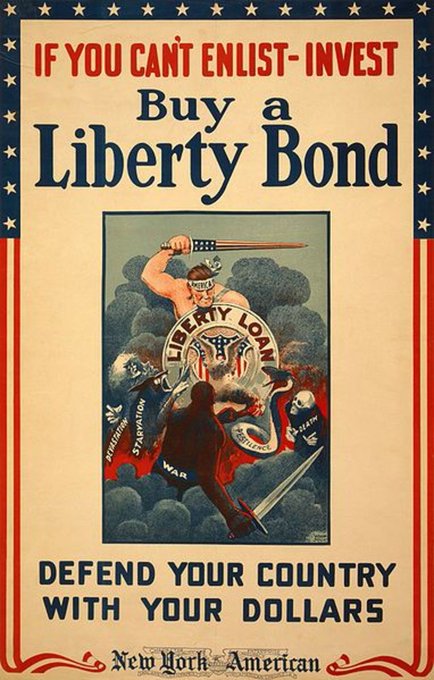
In the early 1920s, Rickenbacker used his fame and his automotive knowledge to launch his own car company, with the motto “A car worthy of its name”.
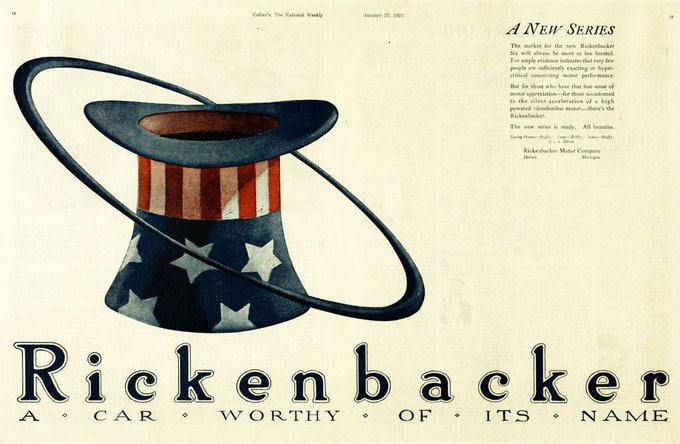
Initially successful, the company bet wrong on controversial new 4-wheel braking technology, and went out of business. Rather than declaring personal bankruptcy, Rickenbacker vowed to repay all of his debts – which he eventually succeeded in doing.
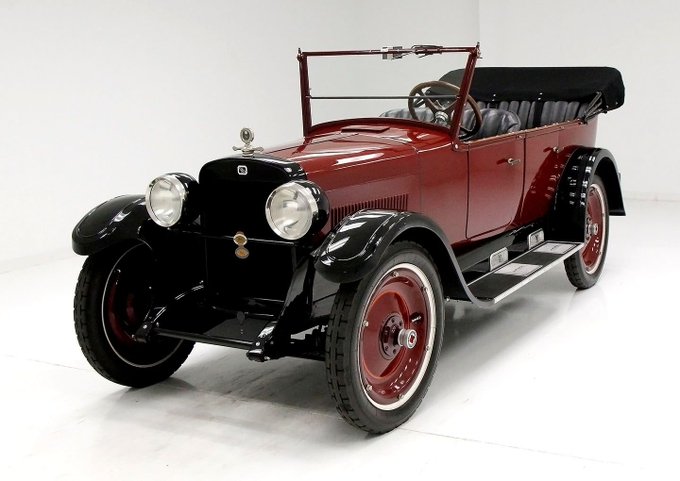
In 1925, Rickenbacker was a key witness defending his friend Billy Mitchell, who was courtmartialed for his outspoken (and arguably insubordinate) criticism that the US army was neglecting to invest in air power.
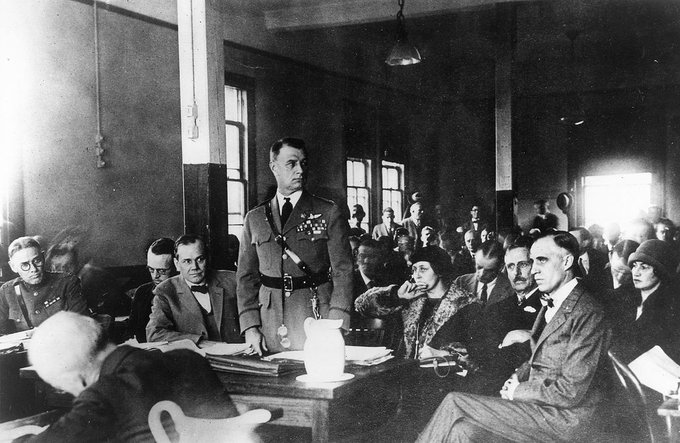
In 1927, Rickenbacker put together a group of investors to buy and refurbish the Indianapolis Motor Speedway, home to the Indianapolis 500.
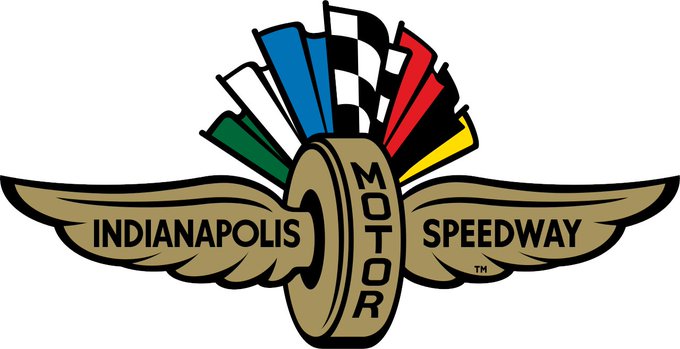
Rickenbacker soon got pulled back into aviation, rising to become the CEO of the rapidly growing Eastern Airlines. In 1938, faced with a hostile takeover, he bought the airline himself with financing from General Motors’ Alfred Sloan.
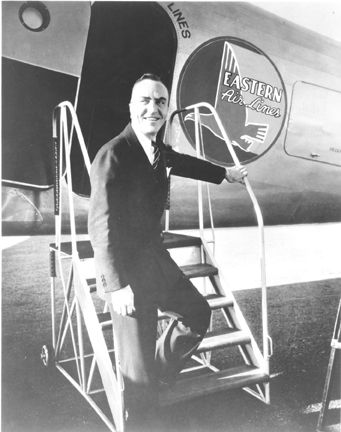
In 1941, however, Rickenbacker was nearly killed when an Eastern Airlines DC-3 he was riding crashed outside Atlanta, Georgia. The injured survivors sat all night in the wreckage waiting to be found and rescued.
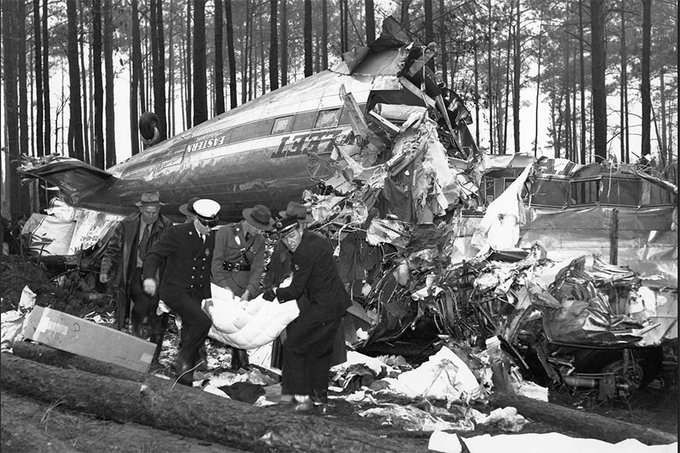
Rickenbacker’s broken ribs were poking out of his chest, and his left eyeball was poked completely out. He was nearly given up for dead. At 50 years old, he spent months recovering in a full body cast, in great pain.
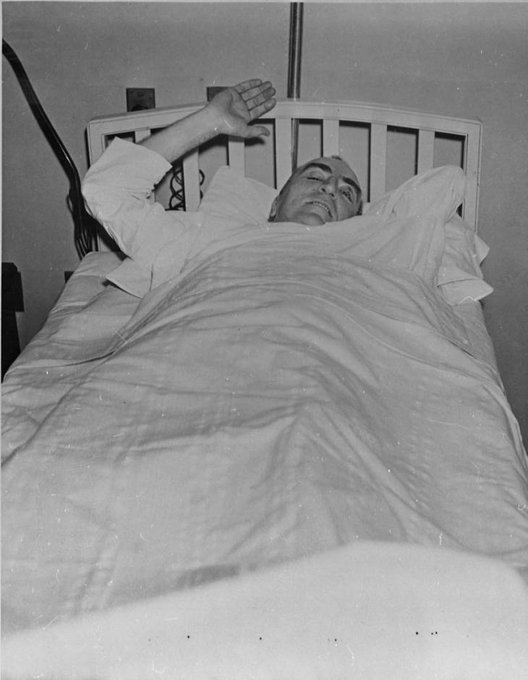
He fully recovered, but needed a cane to walk. They were able to save his left eye, and Rickenbacker claims he actually saw better with it after the accident.
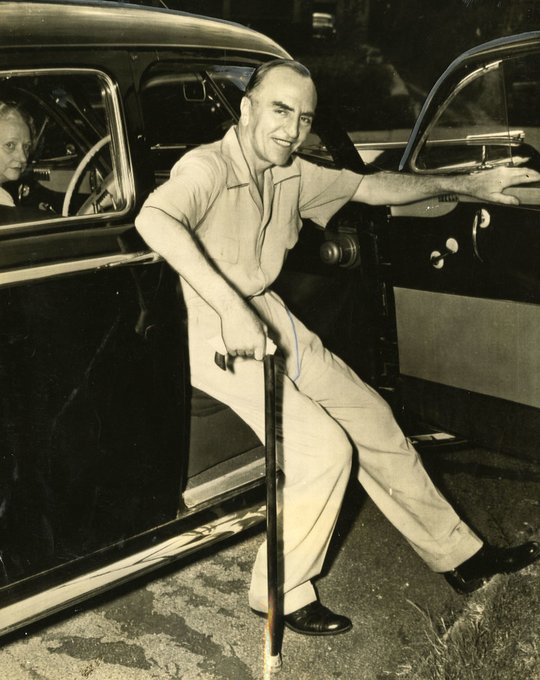
Shortly after his recovery, Rickenbacker was recruited by the US Army to conduct highly demanding tours of air units in America, Europe, and the Pacific, boosting morale and reporting back with suggestions to improve air operations.
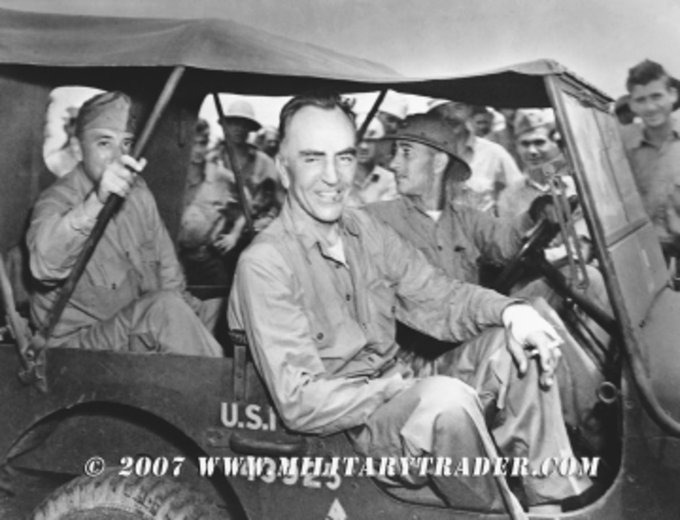
However, flying to a remote island in the Pacific, the B-17 carrying Rickenbacker had navigation trouble and was forced to ditch in the ocean. He and the crew were lost at sea, floating in three tiny rubber rafts.
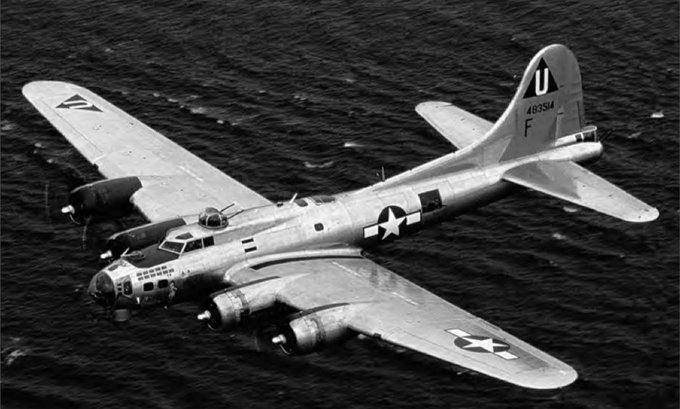
They drifted for 24 days, surrounded by circling sharks, badly sunburned and in many cases already severely injured, subsisting on rain water and the meat from a seagull they somehow caught, reading Bible passages to each other.
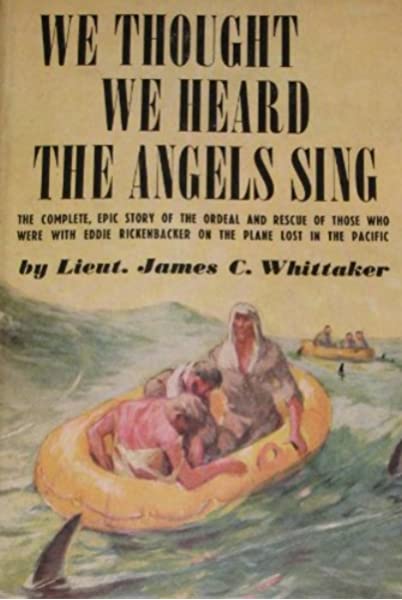
Finally, after nearly giving up all hope, they were sighted by American planes and rescued. Rickenbacker had once again miraculously survived.
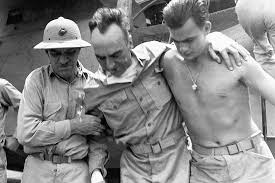
Amazingly, Rickenbacker continued his mission, meeting with General MacArthur in the South Pacific. He later traveled on a wartime military observation mission to China and the Soviet Union.
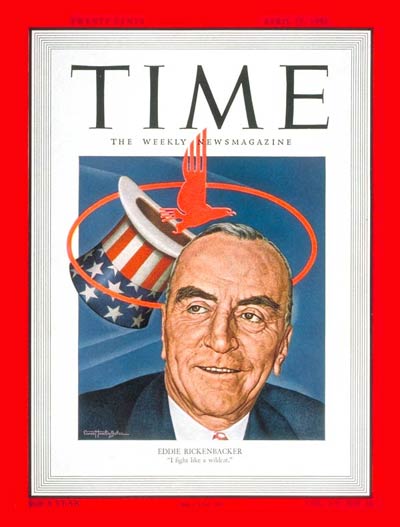
After World War II, Rickenbacker continued to serve as CEO of Eastern Airlines, helping to shepherd in the jet age, before being forced out – in his 70s – in the early 1960s.
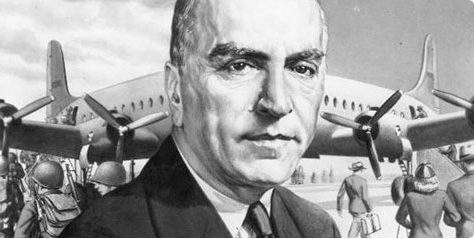
Rickenbacker died of a stroke on a trip to Switzerland in 1973, at the age of 82. He is buried in his hometown of Columbus, Ohio.
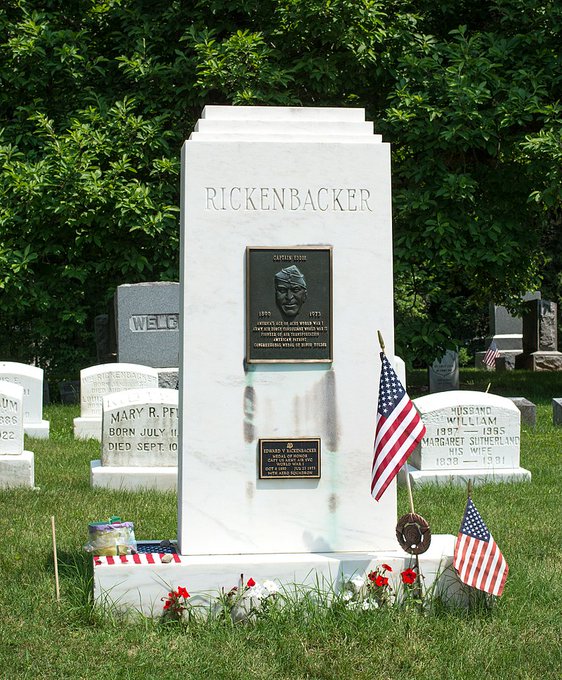
What an amazing person. I’m surprised no one has made a movie about him (at least since 1945). But they did honor him with a stamp in 1995, and named an airport after him near Columbus, Ohio.
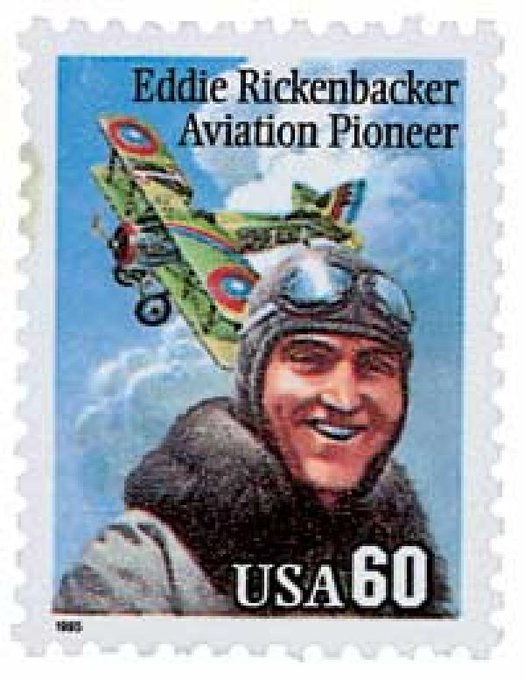
Leave a Reply